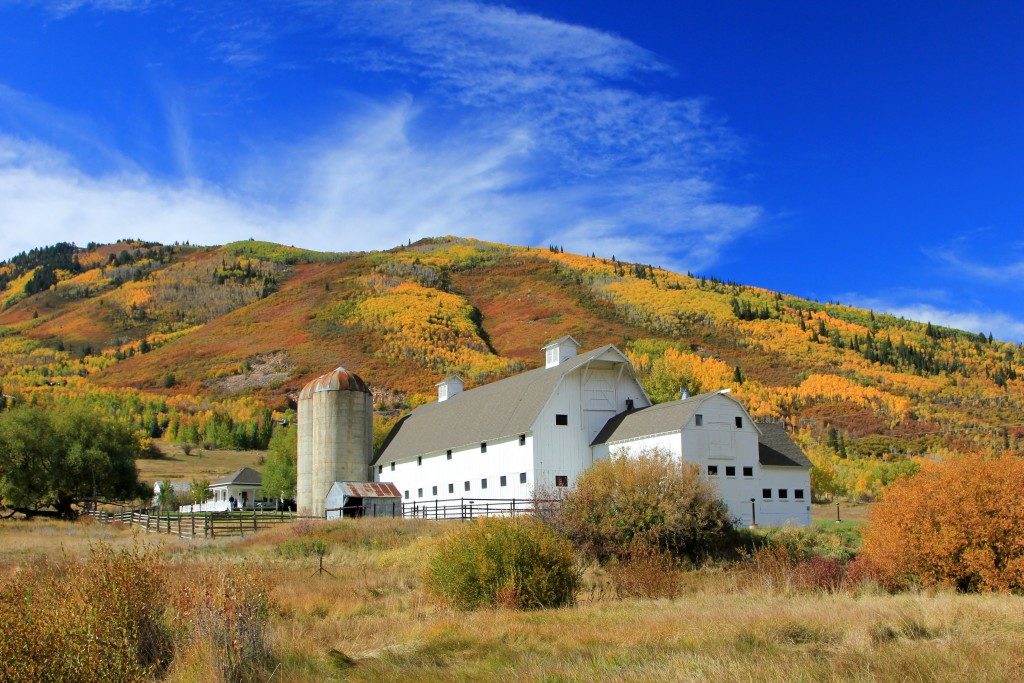Farms are known to be the largest user of the world’s water, and account for about 70% of water consumed but, unfortunately, most of these water is wasted. As such, there’s a need for farms to optimize operations better to promote efficient water usage and minimize agricultural waste water. So, we’ll be taking a look at ways for your farm to better utilize water.
Using Better Watering Systems: Drip Irrigation
The traditional watering system used in farms is the overhead spray method. However, more and more farms are switching to drip irrigation as they can directly water the plants’ roots, reduce the evaporation that occurs when using overhead spray, allowing your farm to save up to 80% of water. Drip irrigation systems can also be programmed to schedule its operation during cooler parts of the day to avoid water loss from evaporation during hotter times of the day. Not only does investing in drip irrigation reduce water usage and wastage, but it can increase crop yield due to its effective delivery of water to the plants’ roots.
Store and Utilize Rain Water
Investing in a rainwater catchment system can help you collect up to approximately 28,000 gallons each season. This can save you from pumping in fresh water for your farming needs, thus lowering costs and increasing profitability. These rain barrels and tanks can be relatively cheap and easy to install, and would eventually pay for themselves with the savings they can incur. Some farms even build manmade ponds to catch and store rainfall, these ponds can subsequently turn into habitats for local wildlife.
Water Recycling: Tailwater Return Systems
Tailwater return systems allow your farm to catch runoff water at the lower ends of the farm, then pumps it back for reuse. This is an efficient way of recycling water, but you have to ensure that the water to be reused would have the right “quality” to avoid damaging the soil and crops.
Ensure the Right “Quality” of Water
Low quality or contaminated water would end up with your farm having low yield or would even lead to damaged crops. In turn, you’d essentially be wasting volumes of water as well as time, effort, and farm inputs. As such, you should regularly check the quality of water used in the irrigation for your crops and vegetable and ensure that they’re free from contaminants, harmful bacteria, and are within safe pH and alkalinity levels. In cases wherein acidity and alkalinity levels need to be balanced, investing in water treatment equipment and systems with trusted brands such as Grundfos that offer high-quality dosing pumps to inject measured doses of chemicals and substances into the water systems to reach safe and optimal pH and alkalinity levels for your crops and soil.
Dry Farming
Dry Farming is a method of crop production during the dry seasons of the year, which utilizes the remaining moisture in the soil after the rainy season. Dry farming doesn’t rely on irrigation; instead, it focuses on conserving soil moisture through specialized tillage practices and systems. In California, where dry farming is widely practiced, they’re able to grow olives, apple trees, potatoes, olives, and wine grapes. However, dry farming does relatively produce less yield as compared to fully irrigated crops.
Conclusion

Making your farm’s water usage more efficient with these methods won’t only ensure that your farm won’t contribute to water shortages or in the production of wastewater, but can lower the cost of operations and may even help market your farm’s produce as being cultivated through responsible and sustainable means.




